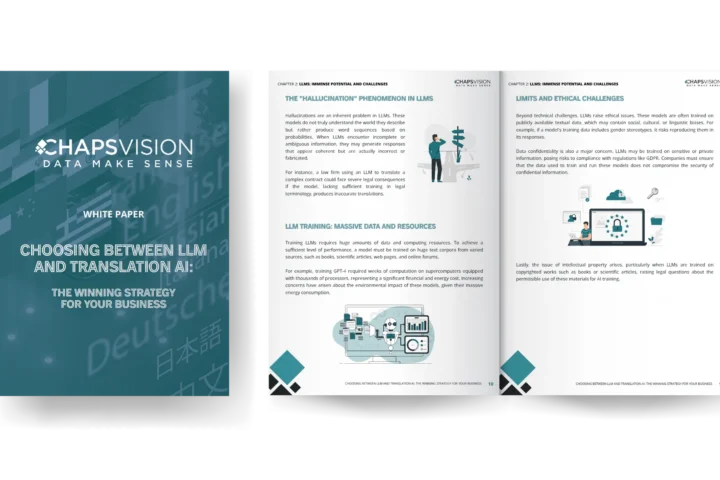In today’s globalized business environment, the ability to effectively communicate with customers in their native language is a strategic advantage. Companies expanding internationally must overcome language barriers to ensure customer satisfaction and loyalty. The need for multilingual customer service in international development supported by advanced technologies like Neural Machine Translation (NMT), is crucial for achieving these goals.
The Importance of Multilingual Customer Service
A multilingual customer service approach allows businesses to connect with their customers on a deeper level, enhancing the overall customer experience. According to a 2018 survey by Statista, 44% of American customers stopped doing business with a company due to poor customer service.
QUALTRICS XM Institute estimates that poor customer service may cost $3.7 Trillion of 2024 Global Sales.
Providing support in multiple languages can significantly reduce these risks and foster long-term customer relationships.
The Role of NMT in Multilingual Support
Enhanced Accuracy and Contextual Understanding
NMT leverages deep learning algorithms to provide highly accurate translations that consider context and cultural nuances. Unlike traditional machine translation, which often fails to capture the subtleties of language, NMT understands and translates idiomatic expressions, tone, and context, resulting in more natural and accurate translations.
Real-Time Translation Capabilities
In a fast-paced business environment, real-time communication is essential. NMT enables real-time translation, allowing customer service agents to respond to inquiries promptly, regardless of the language through chatbots, zendesk, etc. This capability enhances the efficiency of customer support teams and ensures timely resolution of customer issues.
Scalability and Flexibility
As companies expand into new markets, the demand for multilingual support increases. NMT offers a scalable solution that can handle multiple languages simultaneously. It provides flexibility for businesses to adapt to different linguistic needs without the necessity of hiring additional multilingual staff.
Benefits of Implementing NMT in Customer Support
Improved Customer Satisfaction
Providing customer support in the customer’s native language improves their experience and satisfaction. Customers feel more comfortable and valued when they can communicate in their language, leading to higher levels of trust and loyalty.
Enhanced Efficiency and Productivity
NMT automates the translation process, allowing support teams to handle inquiries in various languages without extensive delays. This automation reduces the workload on human agents, enabling them to focus on more complex and personalized customer interactions. Consequently, response times are shortened, and overall productivity is increased.
Consistent Brand Messaging
Maintaining a consistent tone of voice across different languages is challenging but crucial for brand identity. NMT ensures that translations adhere to the company’s style guides and terminologies, preserving the brand’s tone and message across all customer interactions. This consistency strengthens the brand’s presence and reputation in international markets.
Implementing NMT for Multilingual Support
Integration with Customer Support Tools
Integrating NMT with existing customer support tools such as Zendesk, chatbots, and email systems is essential for seamless multilingual support. These integrations enable real-time translation of customer inquiries and responses, ensuring smooth and efficient communication.
Customization and Training
To maximize the effectiveness of NMT, businesses should customize and train the translation models with specific industry terminology and brand language. This customization ensures that the translations are not only accurate but also aligned with the company’s unique communication style and terminology.
Continuous Improvement and Monitoring
Implementing NMT is not a one-time task. Continuous monitoring and improvement are necessary to maintain high translation quality. Businesses should regularly update the translation models with new data and feedback from human translators to refine the accuracy and relevance of translations.
Conclusion
In an increasingly interconnected world, multilingual customer service is a vital component of any successful international development strategy. Neural Machine Translation offers a powerful solution to overcome language barriers, providing accurate, real-time translations that enhance customer satisfaction and loyalty. By integrating NMT into their customer support systems, companies can ensure consistent and effective communication across global markets, driving growth and success in the competitive global landscape.
Investing in NMT technology not only improves operational efficiency but also elevates the customer experience, positioning businesses to thrive in diverse international markets. Embracing these advanced translation tools is essential for any company looking to expand its global reach and deliver exceptional customer service worldwide.






